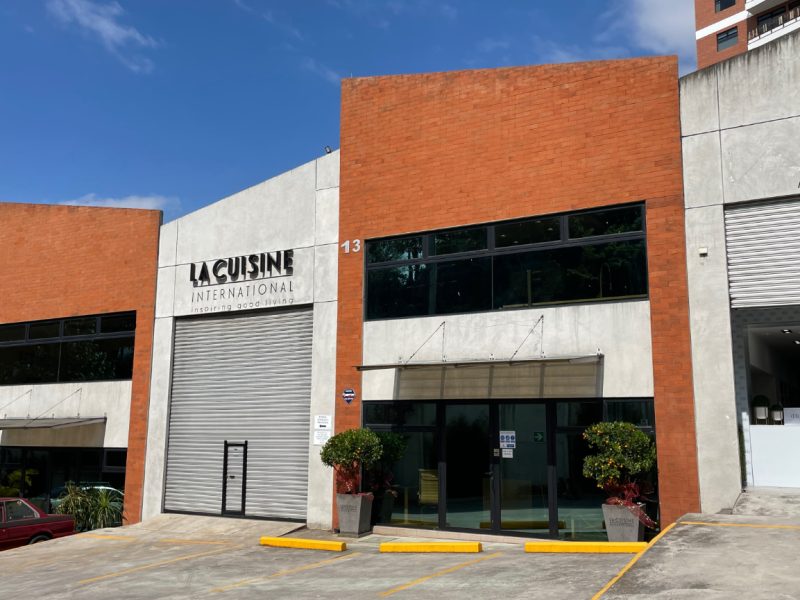
Our Company
Locations
Contact Us
Newsletter
Sign up to receive email updates on the latest products, collections and campaigns.
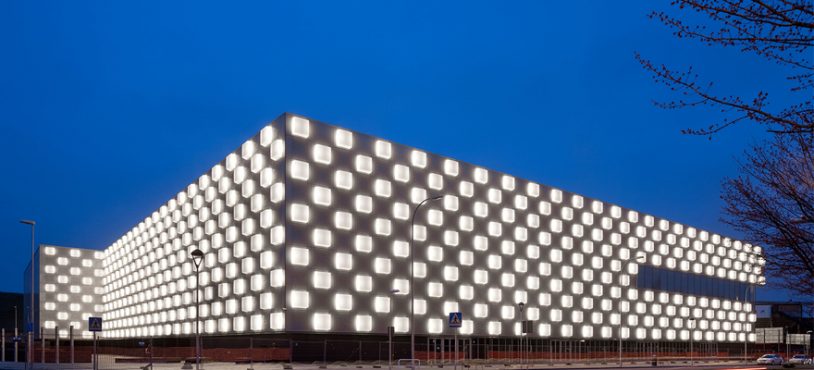
When it comes to the construction of works, sometimes it’s necessary to replace some materials by others that resemble them, but that improve their offer of quality or durability. In this sense, wood, metal, glass or stone would be classic materials that have already acquired prestige but have also been substituted by new materials that resemble their appearance but may be either more economical or more suitable for certain tasks.
Fiber-cement that looks like wood, ETFE that looks like glass, acrylic that looks like steel…the matter of resembling something else in architecture depends on the functionality of the material, the budget, and more recently, the ecological impact of the project.
Technology and in some cases the return to old techniques to create materials, have provided new offers that allow the combination of the best aspects of the classics.
Organic as wood
In the case of wood, its use in constructions of large dimensions is not only expensive, but also implies great ecological damage. Additionally, it’s a high maintenance material since it requires being protected from humidity, termites, excessive heat and is highly flammable. However, the feeling of warmth and luxury that constructions made in wood provide is very difficult to overcome.
Fiber-cement, an organic material that comes from the mixture of cement with natural fibers and cellulose, in its diverse presentations of color, texture, and orientation of the panels, can be an excellent substitute. Resistant to fire and high temperatures, requiring minimum maintenance and ideal as an exterior coating, is also more economical than wood, which can well be used no longer as building material but as an interior design and decoration element.
Fiber-cement offers advantages in terms of energy consumption that are similar to those of wood, because it also concentrates the heat during cold weather seasons, but it is much more resistant to humidity and water leaks. With all these advantages, who wouldn’t agree to protect nature by cutting down fewer trees?
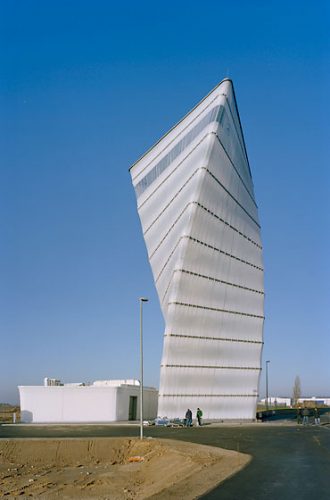
Nothing sticks to ETFE
Glass is a symbol of modernism and progress. Large cities exhibit huge buildings that are erected as a sign of their power, economic progress and technological advancement, where all of them are characterized by being covered with glass. So, how is it that this material is beginning to seem old-fashioned?
The answer to this question is easy to find when a group of spectators have their gaze fixed in the spectacle of a man suspended in the heights instead of the sky, risking his life from a scaffold, only to clean the marks of the rain or the dust from the windows of these extremely modern skyscrapers.
A totally unnecessary risk that will increasingly be seen less frequently with the appearance of glass substitutes. But this is not only about the risk of maintenance, but also about the risks and costs of installation, the care required to transport this material and to reduce costs with the use of materials that are more efficient in terms of sonic and thermal insulation.
ETFE (Ethylene Tetrafluoroethylene) is a plastic capable of withstanding 400 times its own weight being considerably lighter than glass. It’s completely transparent, but it can be colored and, since it comes from Teflon exhibits its greatest advantage: it’s non-stick, which translates into self-cleaning, thus solving the risk of scaffoldings.
Steel, hard to change
Steel is a material widely used in constructions, especially for its quality of providing stability to the structures. However, when it comes to coatings or its use in interior design, although it offers that industrial touch that is so fashionable, it does not cease to have disadvantages.
Certainly, its durability and strength cannot be compared to any other material, but it’s also very true that it is quite heavy, not flexible and is affected by corrosion. So, replacing it in decorations or exterior coatings will become more and more frequent.
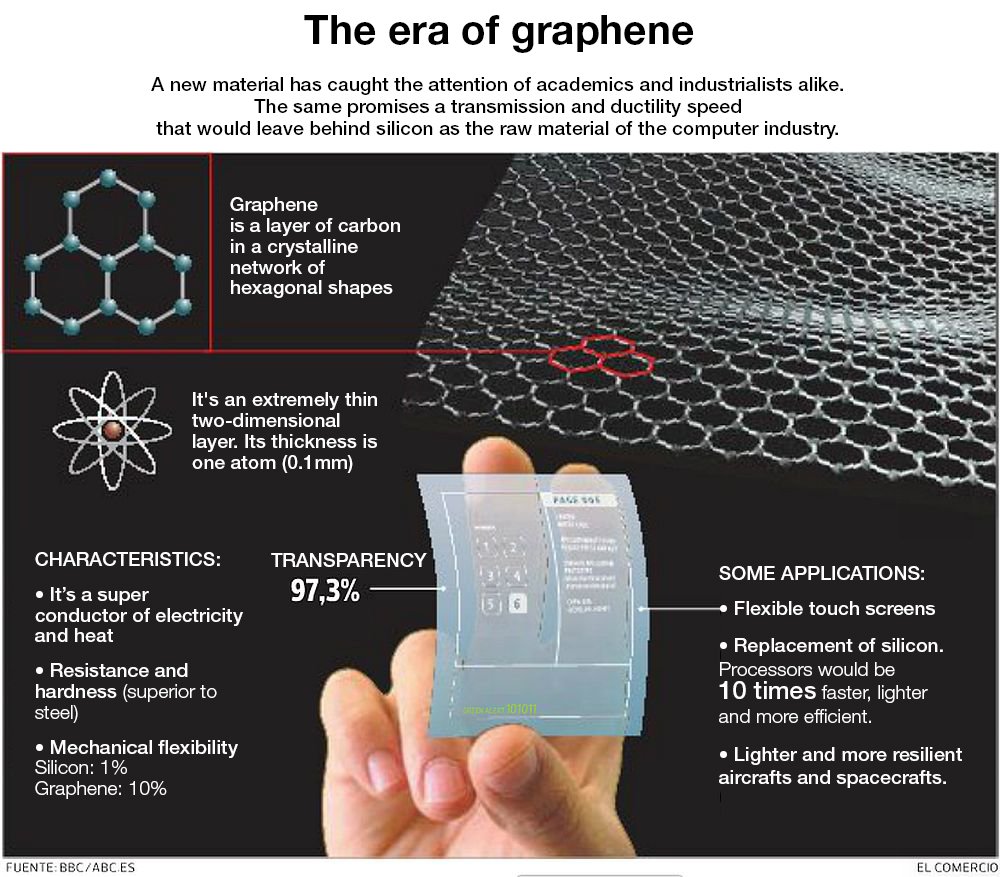
The era of graphene
Recently, researchers at the University of Technology of Sidney introduced a composite derivative of graphene that offers the same appearance of steel with a much lower density, that is six times lighter, and much more flexible.
The sheets of graphene can be as thin as paper, which makes it an excellent candidate for coatings, but still cannot compete with aluminum, a classic substitute for metal in constructions.
So, as architectural styles evolve, techniques and materials also evolve, since urban solutions are increasingly oriented towards the economy in every sense.

Sign up to receive email updates on the latest products, collections and campaigns.
Carrera 9 Nº80-45
Bogotá D.C., Colombia
Monday to Friday: 11:00 a.m. - 07:00 p.m.
Saturday: 11:00 a.m. - 06:00 p.m.
(+571) 432.7408/7493
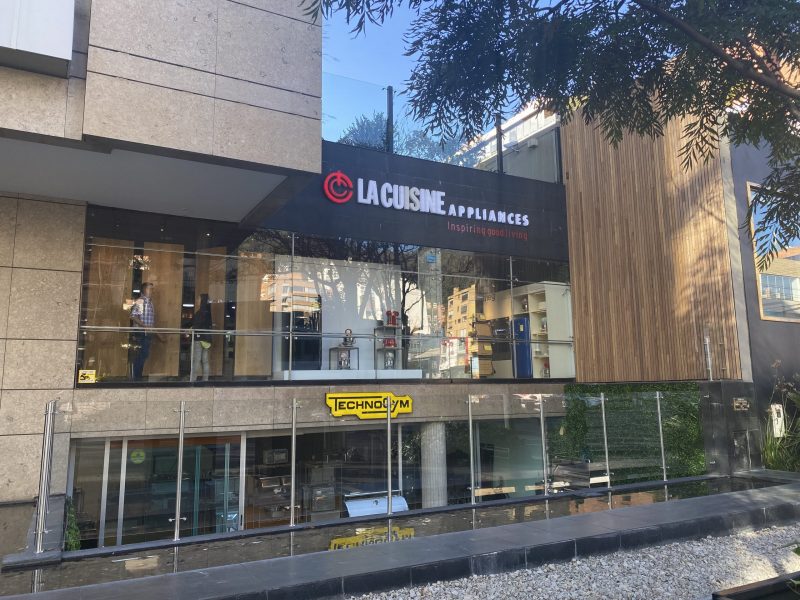
Calle 77 #72-37
Barranquilla, Colombia
Monday to Friday: 08:00 a.m. - 06:00 p.m.
Saturday: 09:00 a.m. - 01:00 p.m.
(+57) 605 352 0851
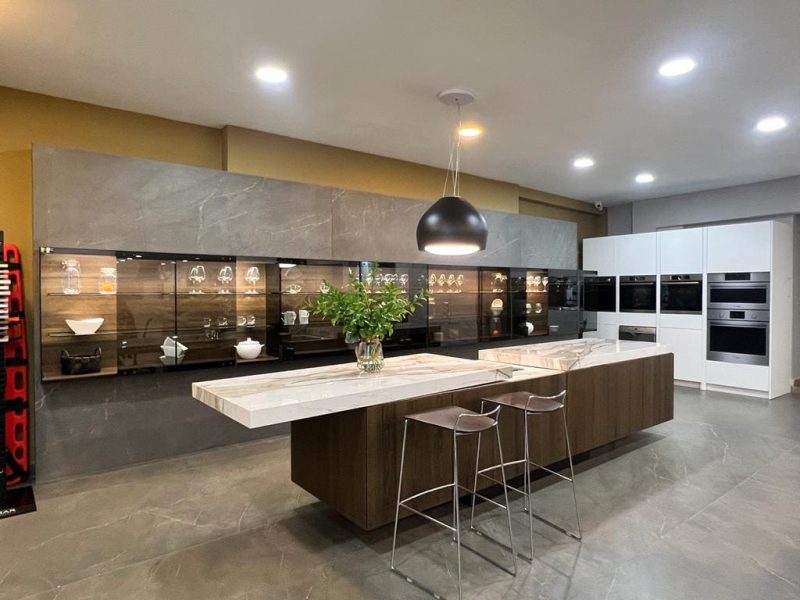
Edificio La Cuisine
Costado Suroeste, C.C. La Paco
Escazú, Costa Rica
Monday to Friday: 09:00 a.m. - 05:00 p.m.
Saturday: 10:00 a.m. - 04:00 p.m.
(+506) 4000.3555
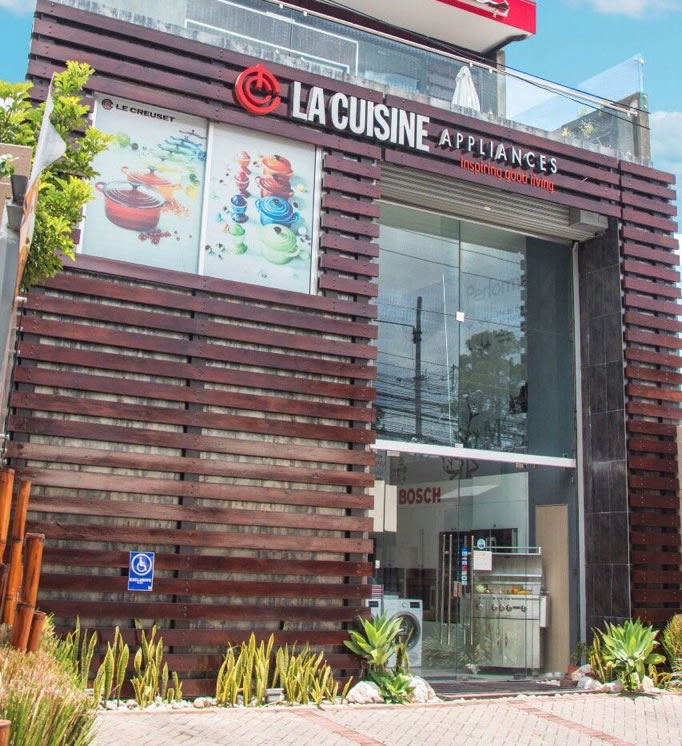
Galerías de Puntacana No. 51
Punta Cana, La Altagracia, R.D.
Monday to Friday: 09:00 a.m. - 06:00 p.m.
Saturday: 10:00 a.m. - 01:00 p.m.
(809) 378.9999
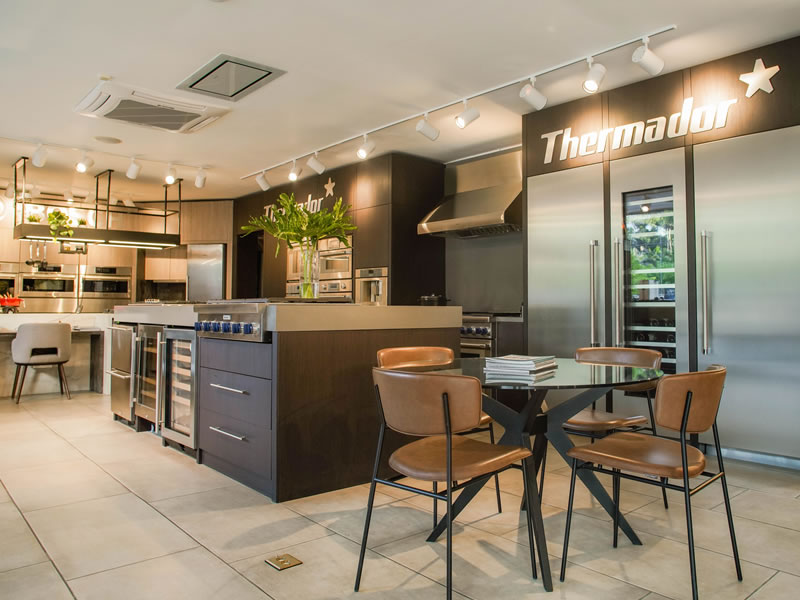
C/Rafael Augusto Sánchez No.22,
Piantini, Santo Domingo, R.D.
Monday to Friday: 09:00 a.m. - 06:00 p.m.
Saturday: 09:00 a.m. - 01:00 p.m.
(809) 378.9999
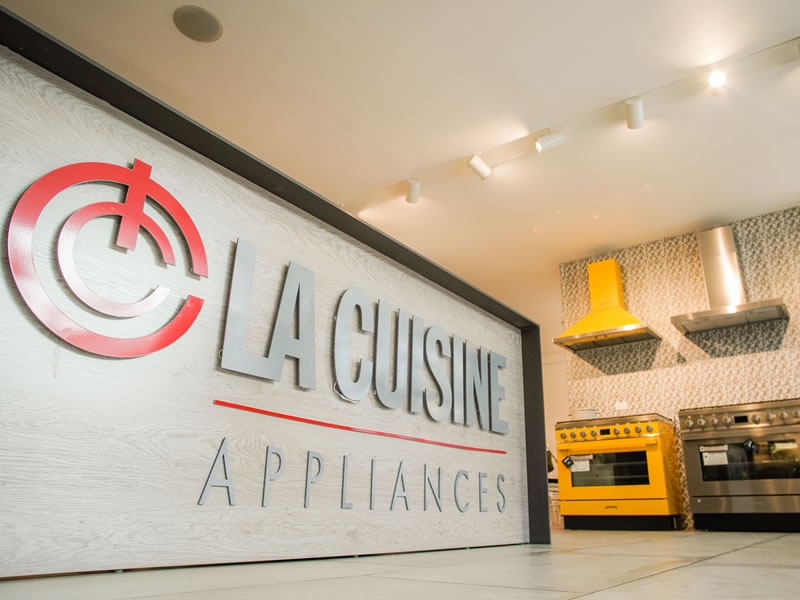
18187 Biscayne Bvld., Aventura
FL 33160
Monday to Friday: 10:00 a.m. - 06:00 p.m.
Saturdays by appointment.
(786) 322 5432
www.lacuisineappliances.com
sales@lacuisineappliances.com
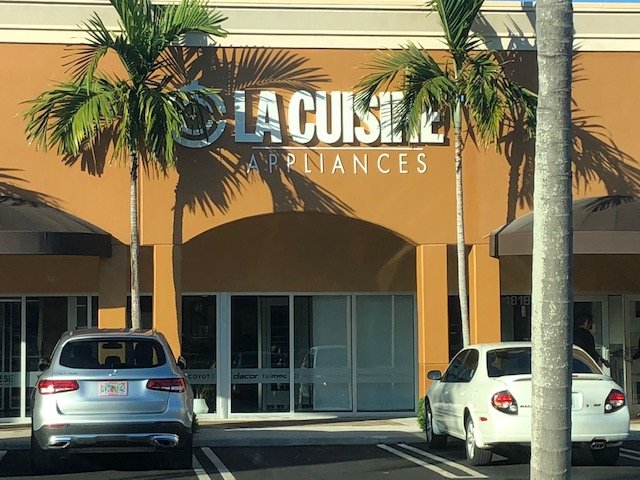
3232 Coral Way,
Miami FL 33145
Monday to Friday: 10:00 a.m. - 06:00 p.m.
Saturday: 10:00 a.m. - 03:00 p.m
(305) 442-9006
www.lacuisineappliances.com
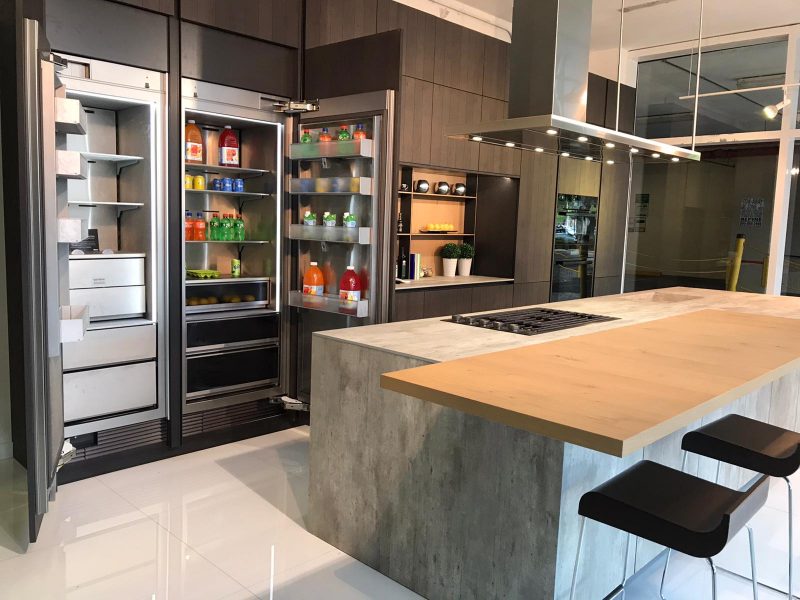
2005 NW 115th Avenue
Miami, FL 33172
Monday to Friday: 09:00 a.m. - 05:30 p.m.
Saturday: Closed
(+1) 305 418.0010
info@lacuisineinternational.com
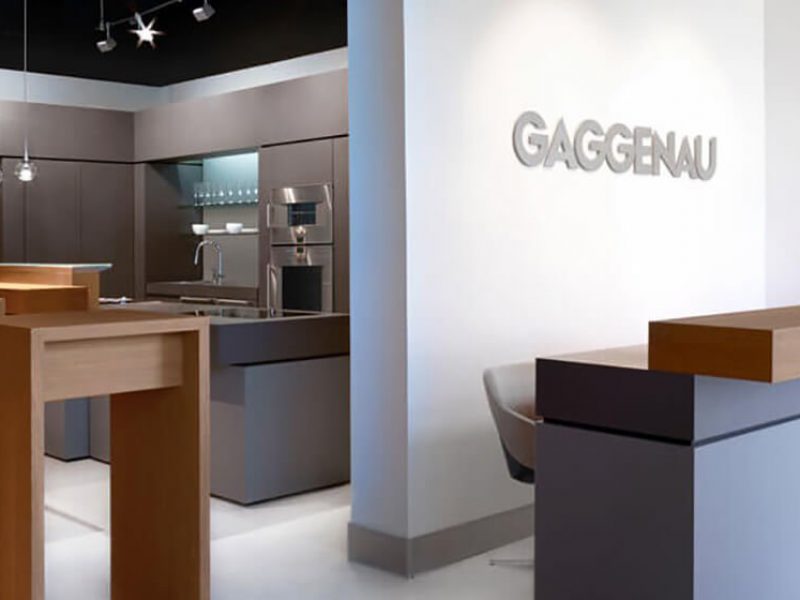
Obarrio. Av. Samuel Lewis,
Addison House Plaza,
Local No.11, Panamá
Monday to Friday: 09:00 a.m. - 06:00 p.m.
Saturday: 10:00 a.m. - 04:00 p.m.
(+507) 265.2546/2547
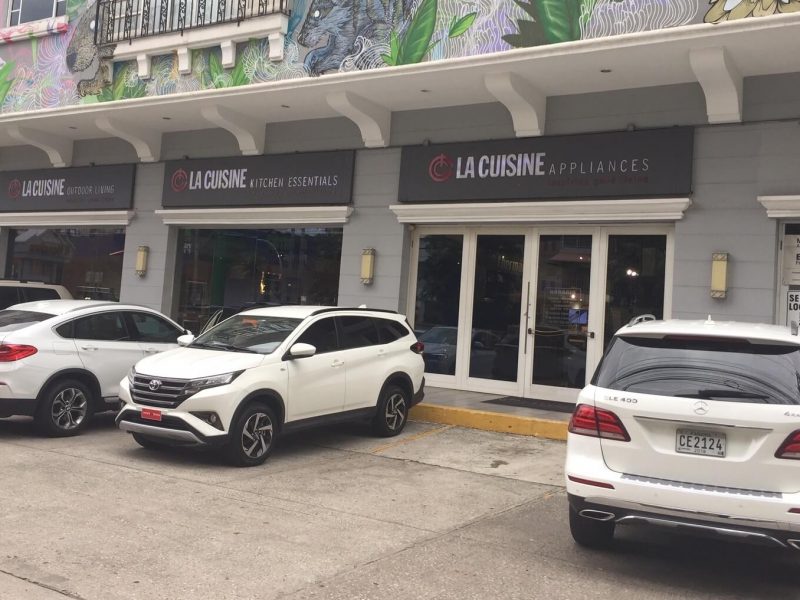
Av. Caminos del Inca 1603,
Santiago de Surco, Perú
Monday to Friday: 10:00 a.m. – 07:00 p.m.
Saturday: 10:00 a.m. – 01:00 p.m.
(+511) 637.7087

Centro Comercial San Ignacio, Nivel C, local No.5
Caracas, Venezuela
Monday to Saturday: 10:00 a.m. – 07:00 p.m.
(+58) 212 264.5252
(+58) 414 018.5352 (Wholesale)
ventas@lacuisineappliances.com
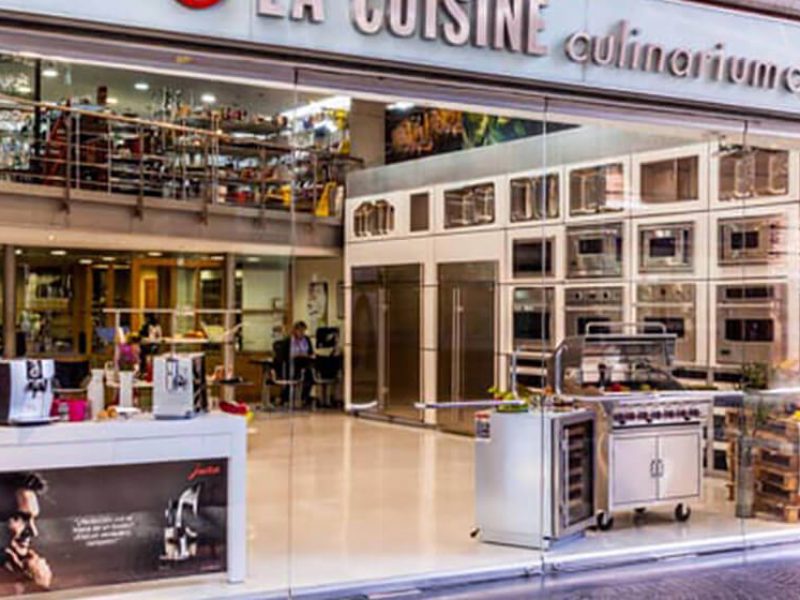
Complejo Pradera Ofibodegas No.13,
20 calle final Z. 10 Km. 6.8 Carretera a Muxbal,
Santa Catarina Pínula, Guatemala
Monday to Friday: 08:00 a.m. - 05:30 p.m.
Saturday: 09:00 a.m. - 12:30 p.m.
(+502) 6671-3400
